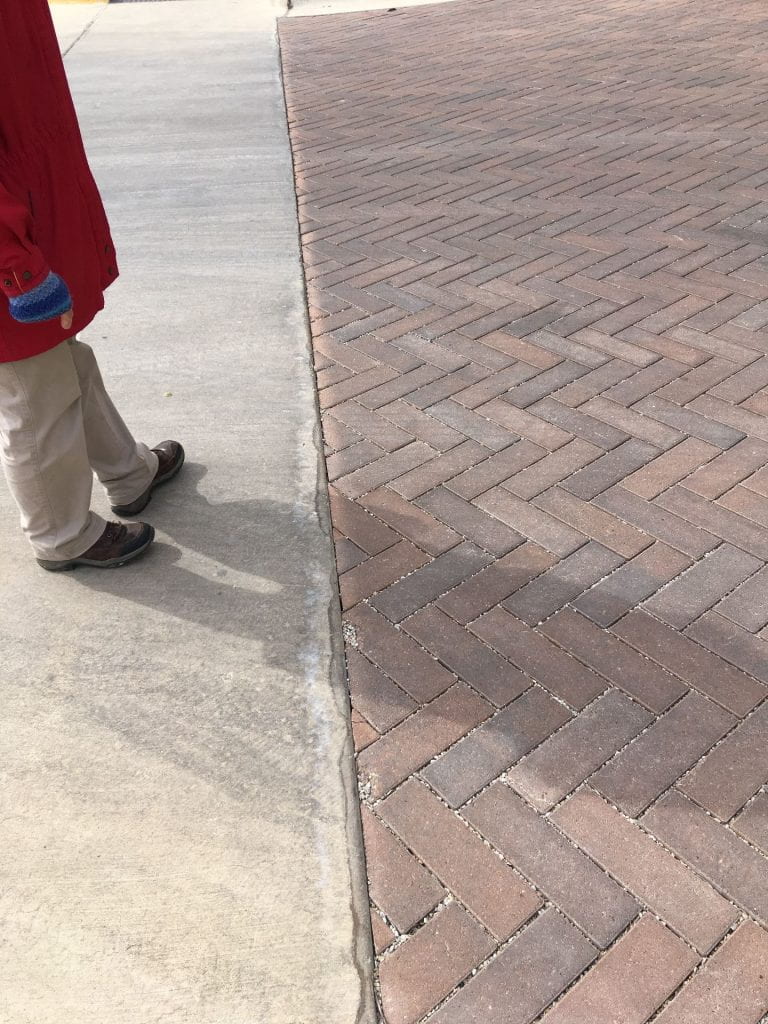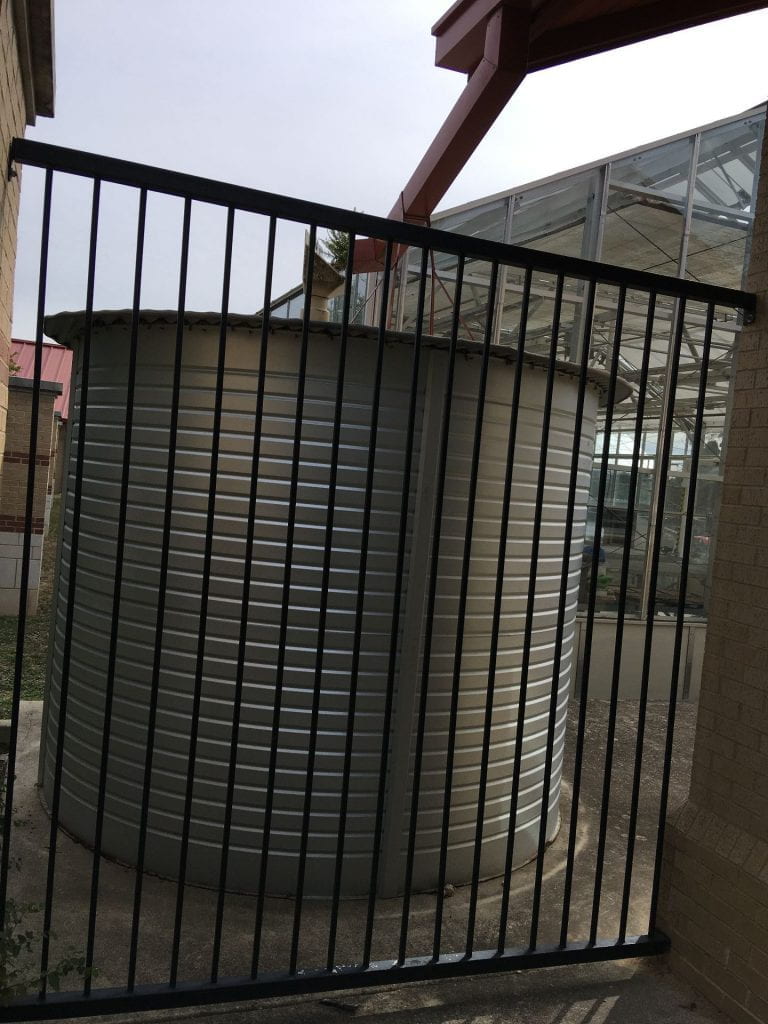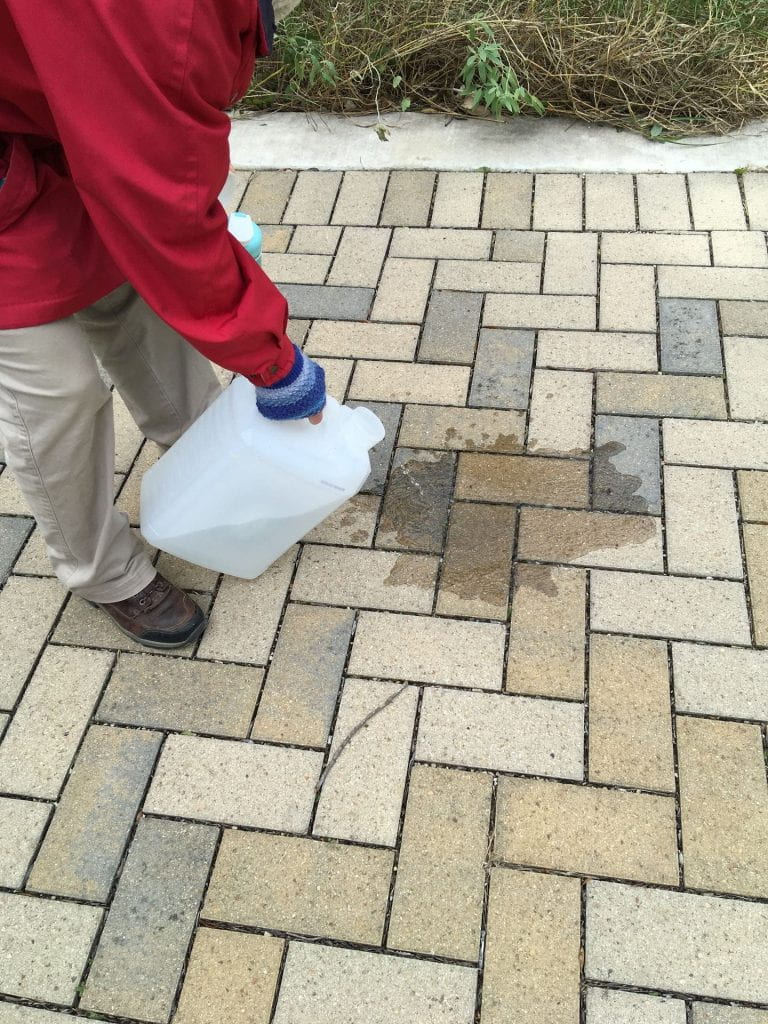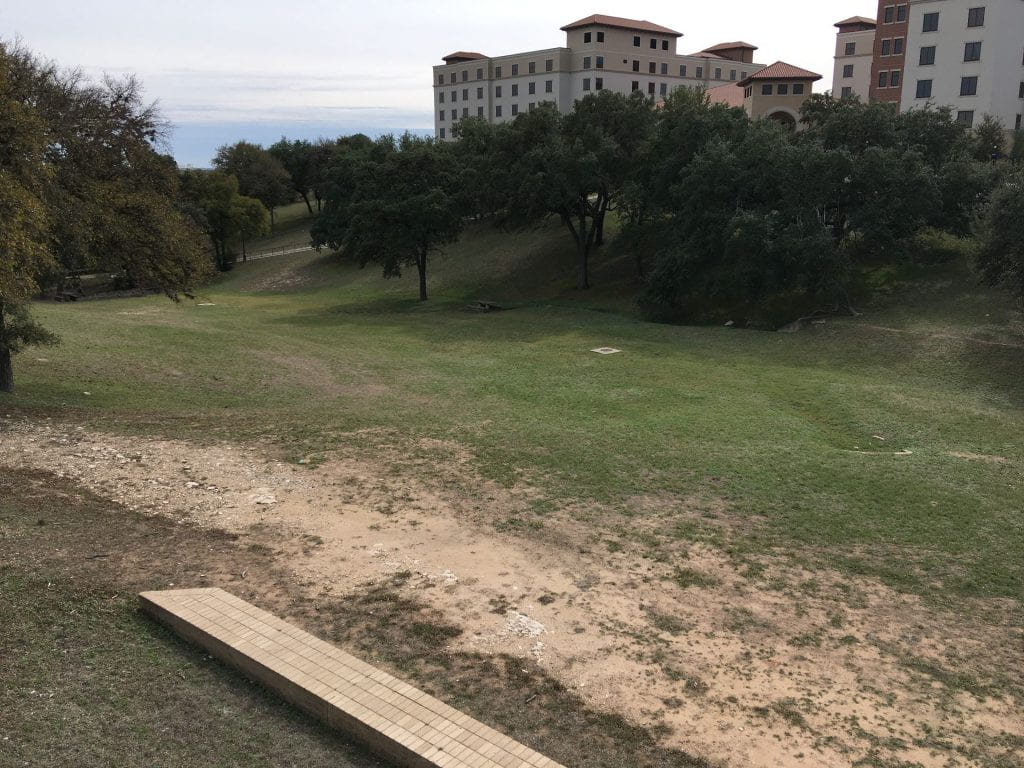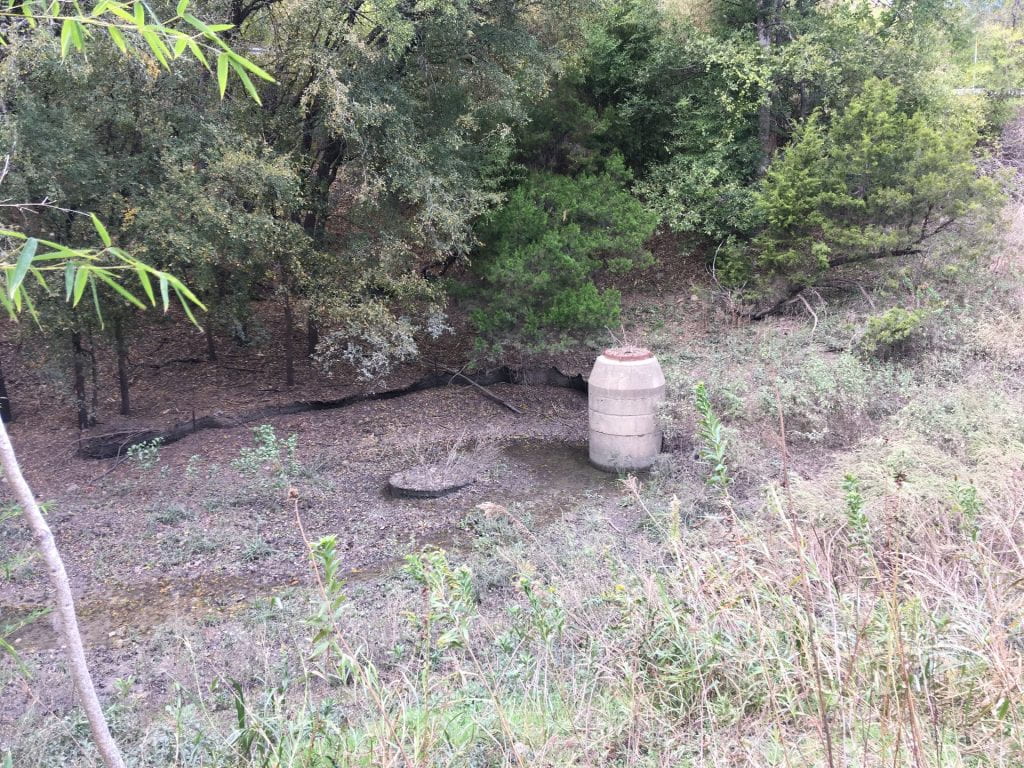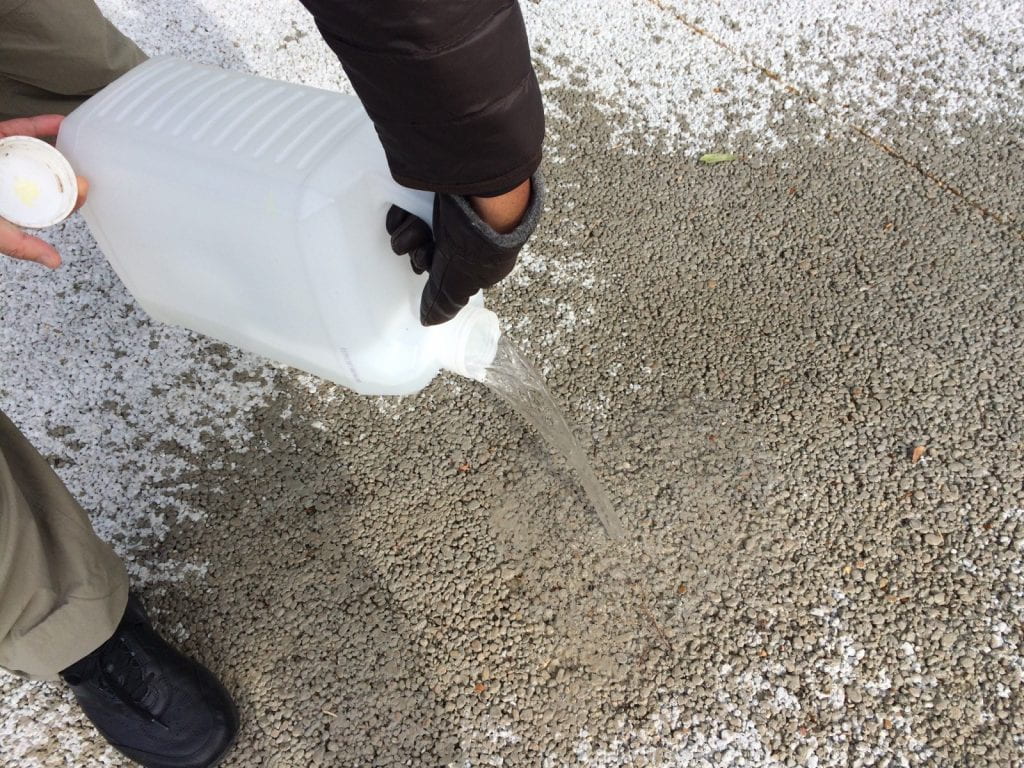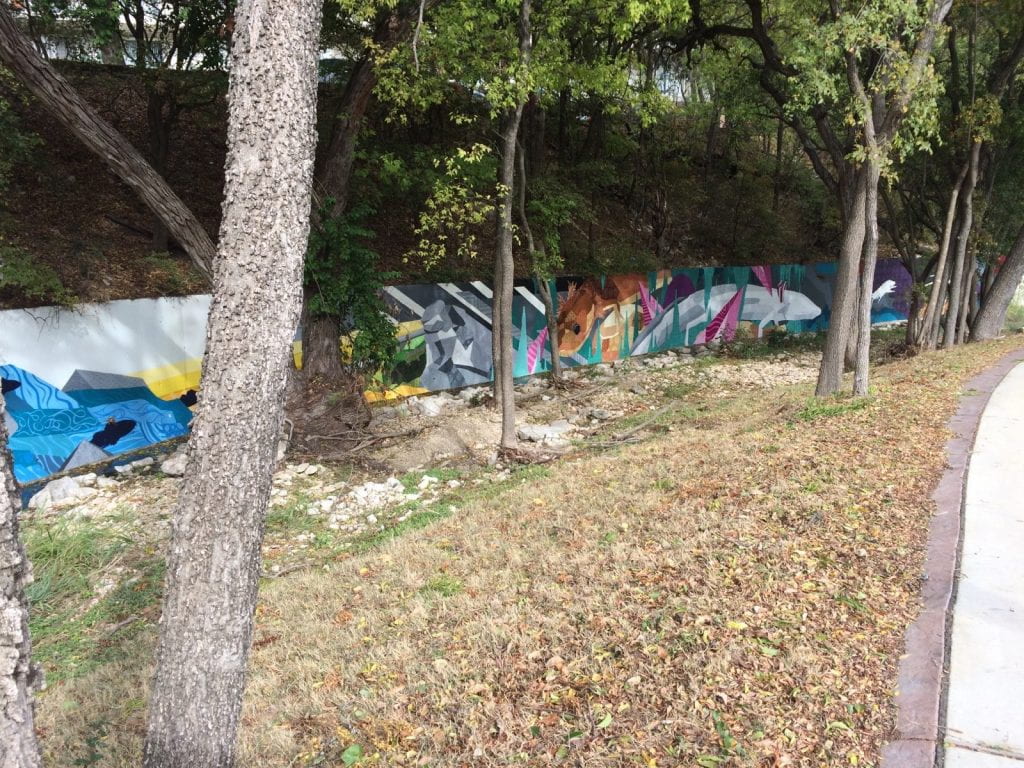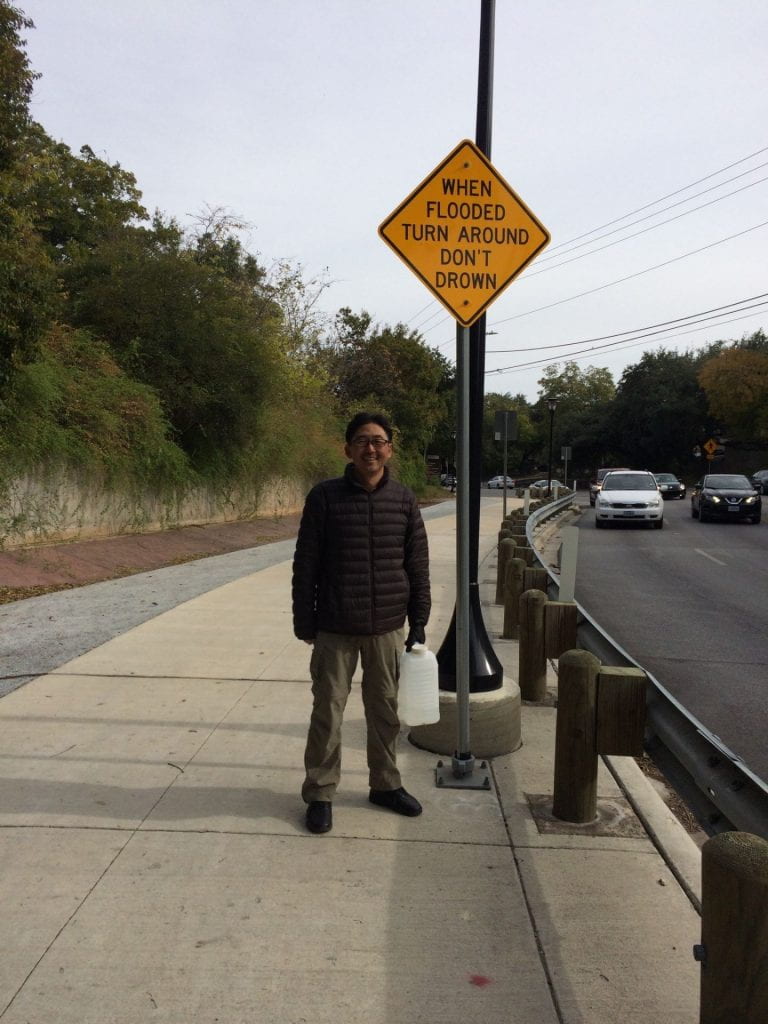On November 12th, 2019, I had an opportunity to walk around the Texas State campus to look for various storm water (= rainwater) best management practices (BMPs) and low-impact development (LID) with Ms. Elizabeth (Lisa) Arceneaux, PE. There are a number of LID facilities, including permeable pavers, rain water cisterns, storm troopers, biofilters, underground detention tanks, as well as many BMPs (wet & dry ponds).
In order to reduce the detrimental impacts of flooding, it is important to incorporate & properly maintain those LID and BMP facilities, especially permeable pavers and porous pavements. Rain water is also a valuable water resource that can be captured and used for different purposes, including drinking!



